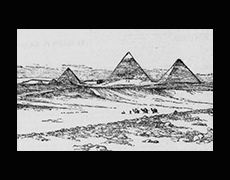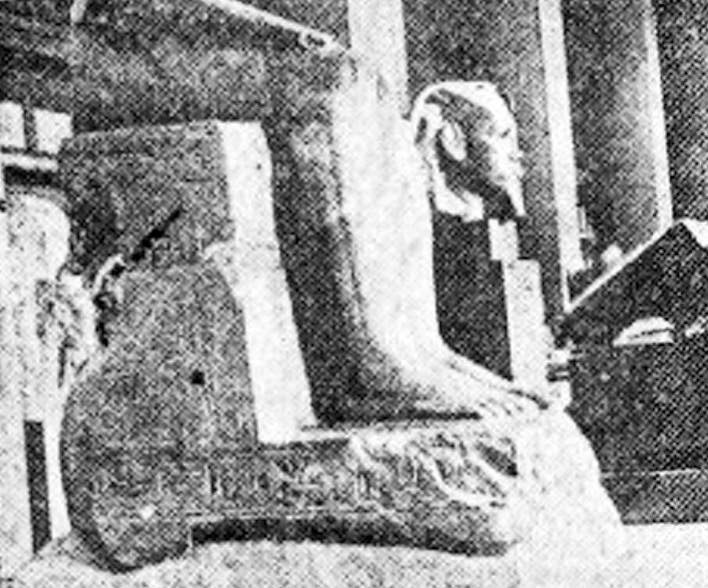
Ancient Egypt is one of the most fascinating ancient civilizations in history, known for its rich culture, powerful pharaohs, and impressive architectural achievements.
However, probably the most popular topic within the study of Ancient Egypt is the pyramids.
While ancient alien theorists provide us with different views of the origin and use of the pyramids, for this article we are going to stick with the widely accepted view of ancient Egyptian pyramids.

The pyramids of Egypt are some of the most iconic and recognizable structures in the world. These massive stone structures were built as tombs for the pharaohs and their consorts during the Old and Middle Kingdom periods.
The most famous of these pyramids is the Great Pyramid of Giza, which is the only one of the Seven Wonders of the Ancient World that still stands today.

The Great Pyramid of Giza was built for the pharaoh Khufu, who ruled Egypt from around 2589 to 2566 BCE. It is the largest of the three pyramids in Giza and is believed to have been built over a 20-year period. The pyramid stands at a height of 147 meters (481 feet) and is composed of an estimated 2.3 million stone blocks, each weighing an average of 2.5 tons.

The construction of the pyramids was a massive undertaking that required a great deal of planning and organization. It is believed that the pyramid builders used a combination of ramps and pulleys to move the massive stone blocks into place. The pyramid builders were skilled engineers and mathematicians who used a system of levels and plumb lines to ensure that the pyramid was built to precise specifications.

The interior of the pyramids was also designed with great care and precision. The pyramid was built with a series of corridors and chambers, including the King’s Chamber and the Queen’s Chamber, which were used to house the pharaoh’s sarcophagus. They also featured a series of air shafts and a complex system of ventilation to protect the pharaoh’s mummy from the heat and humidity of the desert.
In addition to their architectural and engineering achievements, the pyramids also served an important religious and spiritual role in ancient Egyptian society.
The pharaohs were believed to be gods or the decendents of gods, and the pyramids were seen as a link between the pharaohs and the gods in the afterlife.

